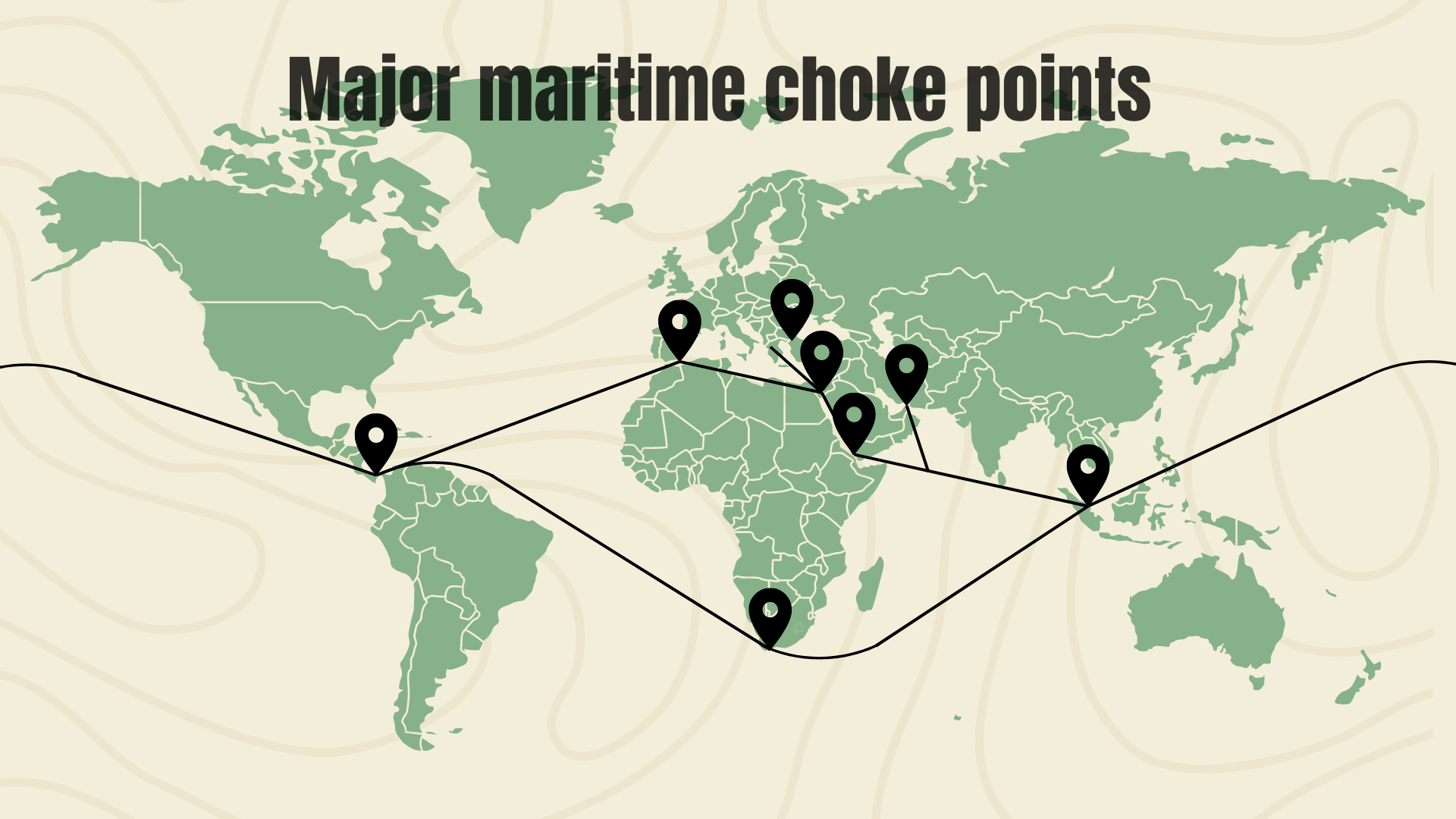
China in the Middle East: Consequences for Europe

After being disappointed in the failure of the Oslo Accords between the Palestinians and Israelis to achieve a lasting peace, and after being disappointed in the outcomes of the Arab Spring across the region, the EU turned its back on the Middle East to focus on its own challenges and those in the Eastern Neighbourhood. This was unwise: the Middle East is Europe’s backyard every bit as much as its eastern flank. Beirut, the Syrian coast, and Gaza are roughly only 200 KM away from Cyprus, the EU’s southeastern most border. Egypt has the largest demographic concentration in the Mediterranean basin, that of a 100 million people, barely 550 KM fromCyprus.
Such a shift neglected the realities of geography, geopolitics, interdependencies, and Europe’s historic
interests in the Middle East and North Africa (MENA), Levant and along the Eurasian Spine. As the US started to disengage from the Middle East under the Obama Administration to pivot toward Asia to counter China’s rise, a vacuum emerged across the Middle East. When China came to the region, it was pushing on an open door.
The rest of this article can be found on the ReConnect China website of Ghent University.
(Photo credit: Pixabay, Martin Sanchez/ & Egmont Institute)